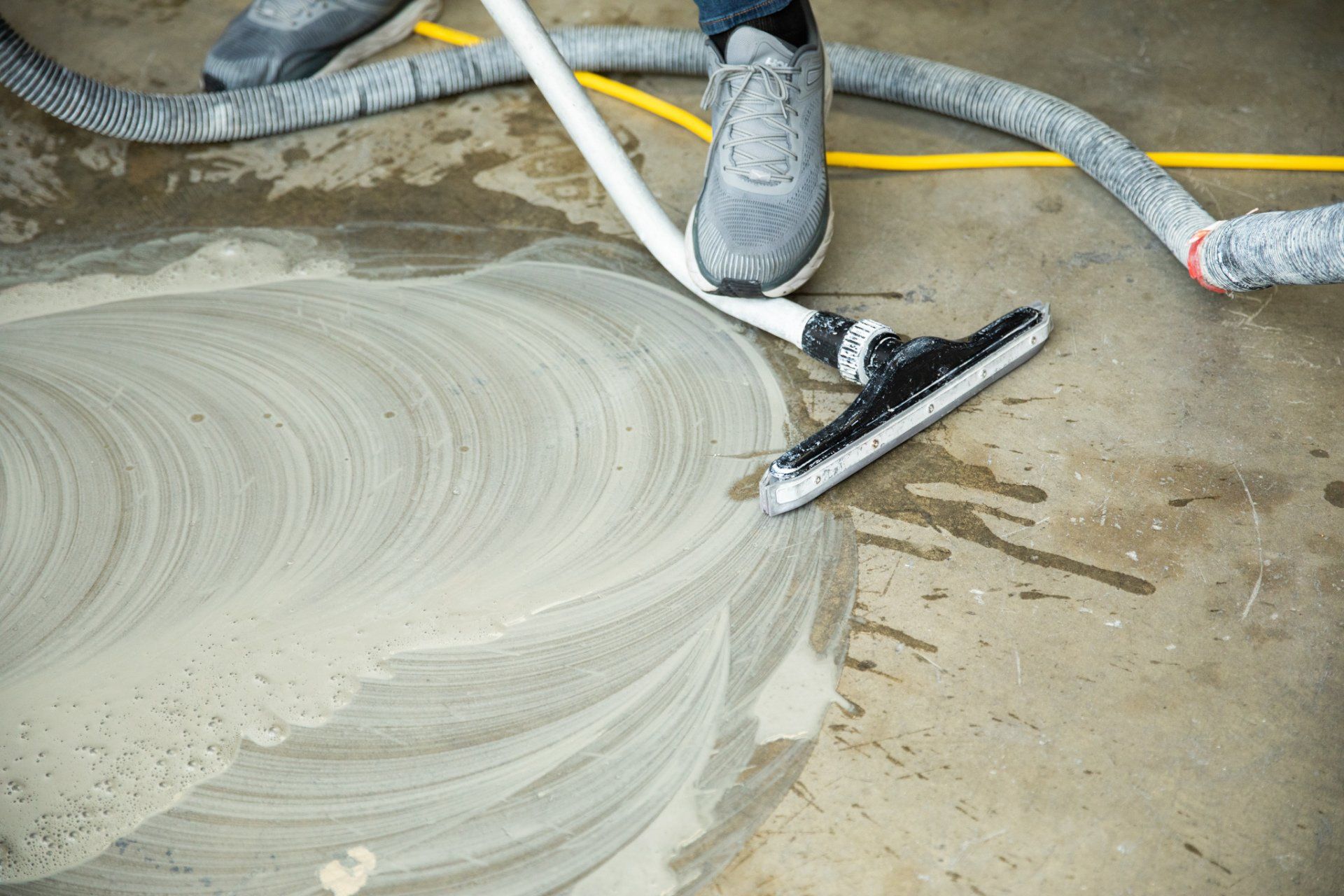Natural stone adds elegance, sophistication, and lasting beauty to any home. Whether you’re updating your kitchen countertops, flooring, or bathroom tiles, selecting the right type of stone can elevate your space while providing durability and value. However, choosing the ideal natural stone depends on several factors, including where you plan to use it, how much maintenance you want to do, and the aesthetic you want to achieve.
1. Consider Durability and Use
Each natural stone type has unique characteristics, which make it better suited for certain areas of the home based on the wear and tear it will endure.
Kitchen Countertops: Granite or Quartzite
- Best Option: Granite and quartzite are excellent choices for kitchen countertops due to their extreme durability, heat resistance, and resistance to scratching.
- Why Granite or Quartzite? These stones are highly durable and can withstand busy kitchen demands, such as hot pans, sharp knives, and constant cleaning. They are also less porous than marble, making them more resistant to staining from common kitchen substances like oils and sauces.
Bathroom Surfaces: Marble or Travertine
- Best Option: Marble and travertine add a luxurious feel to bathrooms but require regular maintenance to keep their beauty intact.
- Why Marble or Travertine? These stones are softer and more porous, ideal for less traffic-heavy areas like bathrooms. While marble is prone to etching from acidic substances (like shampoo or soap), it retains its beautiful, polished look with regular sealing and proper care. Travertine’s natural texture offers a rustic charm and is ideal for both floors and shower walls.
Flooring: Limestone or Slate
- Best Option: Limestone and slate provide excellent durability and traction, making them ideal for floors in entryways, living rooms, or patios.
- Why Limestone or Slate? Limestone is a versatile stone that works well in traditional and modern designs. It’s softer than granite but holds up well when sealed properly. On the other hand, Slate offers a rugged texture and is naturally slip-resistant, making it a fantastic choice for high-traffic areas and outdoor patios.
2. Aesthetics: Find Your Style
Natural stone comes in a variety of colors, textures, and patterns. The stone you choose should complement the design and feel of your space.
For a Classic, Timeless Look: Marble
- Marble’s veining and polished finish provide an elegant and timeless appearance. White or gray marble is popular for a clean, sophisticated aesthetic, often used in high-end kitchens, bathrooms, and fireplaces.
For a Rustic, Earthy Feel: Travertine or Slate
- With its warm, neutral tones and textured surface, Travertine creates an earthy, rustic look that works well in Mediterranean or Tuscan-style homes. Slate’s darker tones and natural cleft surface offer a rustic, rugged appeal, perfect for creating a cozy, natural feel indoors or outdoors.
For a Modern, Sleek Finish: Granite or Quartzite
- Granite and quartzite come in various colors and patterns, from subtle whites to dramatic blacks. These stones are ideal for a sleek, contemporary look, especially with modern fixtures and clean lines.
For Bold, Eye-Catching Designs: Onyx or Exotic Stones
- Consider onyx or other exotic stones with striking patterns and vibrant colors if you want to make a bold design statement. These stones are often used as statement pieces in backsplashes, fireplace surrounds, or accent walls.
3. Maintenance and Care
Another key factor when choosing natural stone is the amount of maintenance required. Some stones need regular sealing and gentle cleaning, while others are low-maintenance.
Low-Maintenance Stones: Granite and Quartzite
- Granite and quartzite are highly durable and require minimal maintenance beyond periodic sealing. They are also resistant to scratching, heat, and staining, making them ideal for homeowners looking for a long-lasting, easy-to-care-for surface.
Medium-Maintenance Stones: Marble and Limestone
- Marble and limestone are softer stones that require more frequent sealing to protect against staining and etching. They also need gentle cleaning products to avoid damage, but they can last for decades with proper care.
High-Maintenance Stones: Onyx and Exotic Stones
- Onyx and some other exotic stones are more delicate and require careful handling. They are prone to scratching and staining, so they need frequent sealing and regular maintenance to preserve their beauty.
4. Cost Considerations
Natural stone prices can vary widely, so it's essential to choose a stone that fits your budget while still meeting your durability and aesthetic needs.
- Budget-Friendly Options: Travertine, limestone, and some granites tend to be more affordable.
- Mid-Range Options: Marble, slate, and higher-end granite varieties usually fall into a moderate price range.
- Luxury Options: Onyx, quartzite, and other exotic stones are typically expensive due to their rarity and striking visual appeal.
5. Climate and Location
Consider the climate and environment where the stone will be installed, especially for outdoor spaces or areas prone to moisture.
- For Outdoor Use: Granite, slate, and quartzite are excellent for outdoor spaces like patios and walkways because they withstand extreme weather conditions and don’t absorb water easily.
- For Humid Areas: In bathrooms or other humid areas, opt for non-porous stones like quartzite or properly sealed granite, which are less likely to absorb moisture and develop mold.
Conclusion
Choosing the right natural stone for your home requires balancing aesthetics, durability, maintenance, and budget. Granite and quartzite are excellent choices for high-traffic and heavy-use areas, while marble and travertine are ideal for creating a luxurious, classic look in low-traffic spaces. For outdoor applications or rustic design, slate and limestone shine, while bold, exotic stones like onyx make stunning statement pieces. By carefully considering your specific needs and preferences, you can select the perfect natural stone to enhance your home’s beauty for years.


